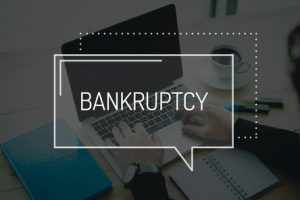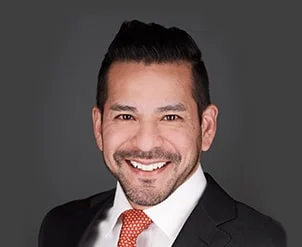What’s The Difference Between Chapter 7 And Chapter 13?

Shortly after they fought a war to rid themselves of British oppression, the Founding Fathers wrote the Constitution of the United States. Since they understood that oppression comes in many forms, the Constitution’s authors specifically include provisions for a bankruptcy law.
Over the years, Congress has revised the bankruptcy law several times, most recently in 2005. One of the earlier revisions separated the bankruptcy law into different chapters. As a result, today’s Illinois debtors have a choice between Chapter 7 and Chapter 13. There are many similarities between these two chapters. For example, the automatic stay protects debtors from adverse actions and most assets are exempt (protected) from seizure. There are some differences as well.
Chapter 7
In a way, filing Chapter 7 is like saying to the court: “Since I cannot pay my unsecured debts, you may liquidate all my nonexempt assets to satisfy that debt. Most people in Illinois do not have nonexempt assets. The list of exemptions usually includes:
- – House,
- – Car,
- – Retirement account, and
- – Personal property.
Some exemptions, like an IRA, 401(k), or other nest egg account, are item-based. The entire asset is exempt no matter how much it is worth. But most exemptions, like houses, are dollar-based. Both federal and state exemptions allow debtors to exempt a certain amount of equity in their homes. If the owner’s equity is under the ceiling, the owner keeps the house.
Some assets are exempt for practical purposes. Assume the debtor has a used boat. Personal watercraft are usually not exempt under state or federal law. But if the boat is secured (has a loan against it), that boat may have very little actual value. What little value there is goes down even further once the court seizes it, stores it, makes all necessary repairs, and tries to see it. All these things cost money.
In terms of process, Chapter 7s often end in less than a year. About six weeks after the debtor files a petition, there is a meeting to go over some financial information and verify the debtor’s identity. Then, about six or nine months after that, all the debtor’s unsecured debts are discharged. Dischargeable unsecured debts include:
- – Medical bills,
- – Credit cards, and
- – Payday loans.
Some unsecured debts, like student loans and back income taxes, are only dischargeable in certain situations. Some other kind of unsecured debt, like child support, are not dischargeable at all.
Chapter 13
People in Illinois who file Chapter 13 basically say “I can pay my debts, but I need to be placed on a payment plan.” This payment plan is especially good for delinquent secured debt. Many people in Indiana have past due:
- – Home mortgages,
- – Vehicle loans, and
- – Other secured debt.
Even if these assets are exempt, the moneylender still has the right to seize them if the debtor falls behind on payments. So, Chapter 13 gives debtors up to five years to catch up. During this time, the automatic stay remains in effect, in most cases. So, Chapter 13 gives Indiana families the space they need to take care of their financial business.
Contact Experienced Lawyers
There are two main types of bankruptcy, and one of them is right for you. For a free consultation with an experienced bankruptcy attorney in Chicago, contact the Bentz Holguin Law Firm, LLC. We routinely handle cases in both Illinois and Indiana.


